What Is Wrong With My Lawn? Why Is My Grass Brown?
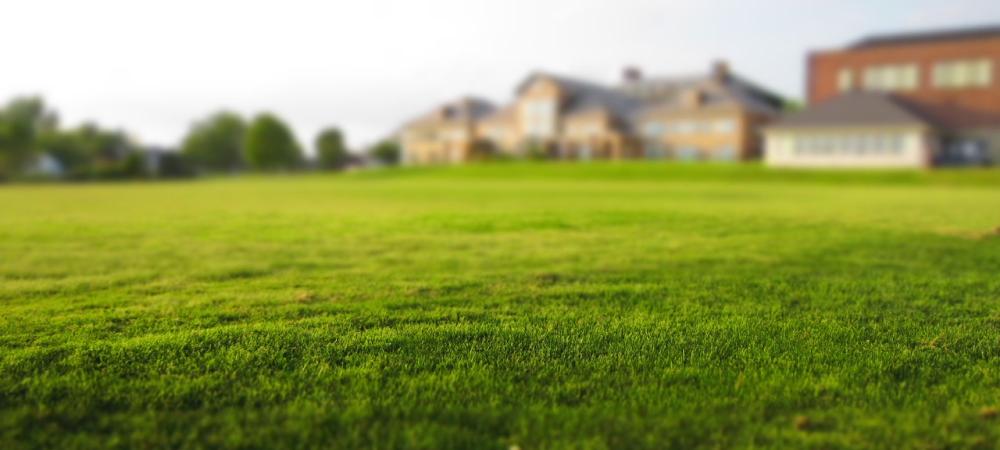
Maintaining a lush, green lawn in Virginia can be a challenge, especially with varying weather patterns and soil conditions. If you've noticed your lawn looking less than stellar, it might be trying to tell you something.
Here are some common issues that might be causing your lawn to be damaged:
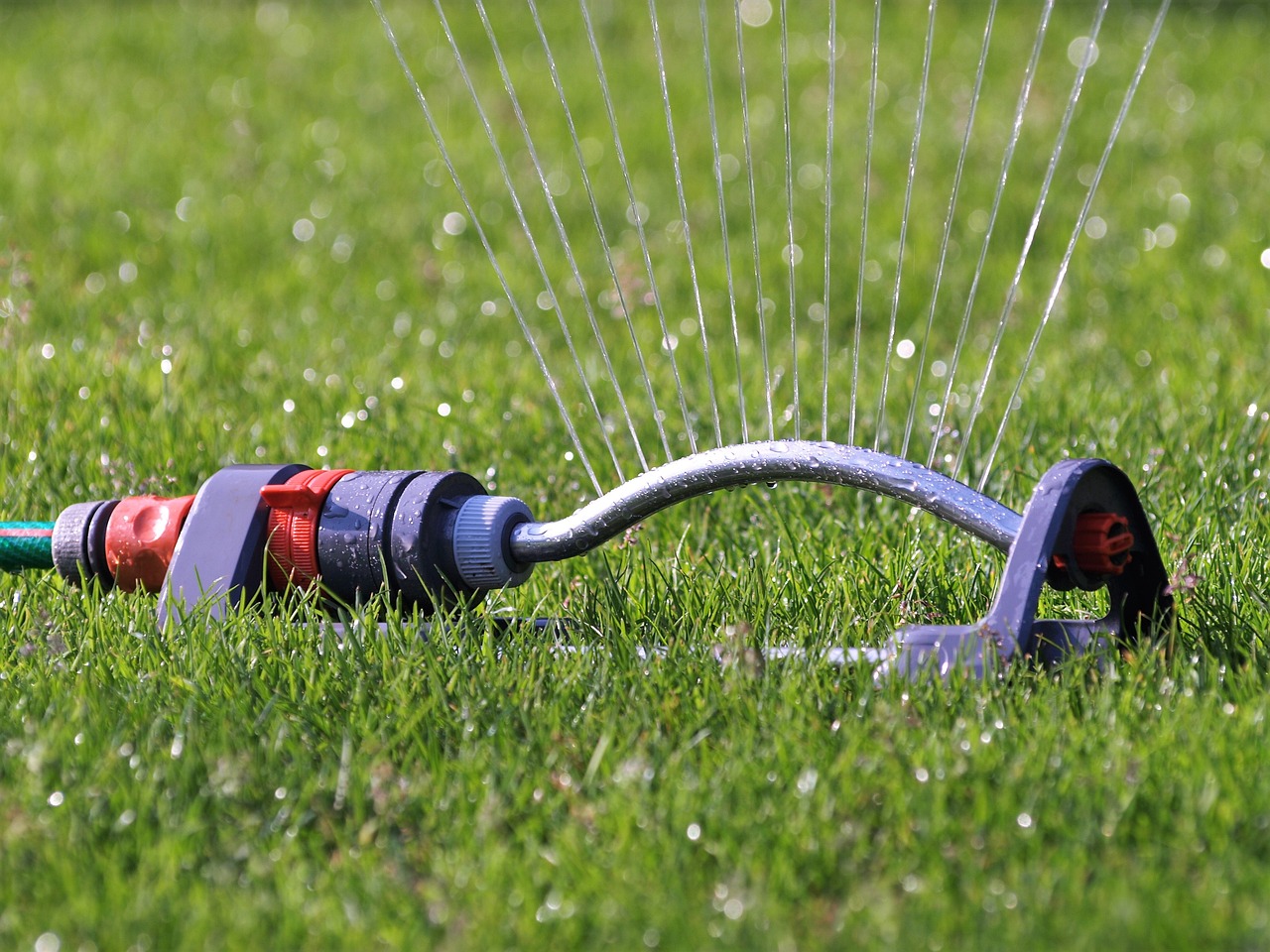
Improper Watering
Watering your lawn correctly is crucial for its health. Too little water can cause your grass to turn brown and brittle, while too much water can lead to root rot and other issues.
Common Signs of Under-Watering Your Lawn
Under-watering can lead to several visible issues in your lawn:
- Brown and Dry Patches: Notice brown, dry spots on your lawn, especially in sunny areas.
- Curling and Wilting Grass Blades: Grass blades appear curled, wilted, or flat instead of upright and springy.
- Slow Growth: Grass growth slows down significantly or stops altogether.
- Footprints Remain: Footprints or lawn mower tracks remain visible long after being made.
- Soil Feels Dry: Soil feels dry to the touch, indicating a lack of moisture.
- Thirsty Plants: Nearby plants show signs of dehydration, which can indicate insufficient watering for the lawn as well.
Common Signs of Over-Watering Your Lawn
But at the same time, giving your grass too much water can also cause issues:
- Yellowing or Discolored Grass: Grass appears yellow, indicating stress from too much water.
- Soggy or Mushy Areas: Notice soggy or mushy spots on the lawn, especially after watering.
- Fungus and Mold Growth: See mold, mildew, or fungus growing on the grass or soil surface.
- Weeds Thriving: Weeds proliferate, taking advantage of the moist conditions.
- Strong Odor: Detect a musty or sour smell from the lawn, indicating anaerobic conditions in the soil.
- Puddles of Water: Notice water runoff or pooling on the lawn surface after watering.
Solution
To ensure your lawn receives adequate water, adjust your irrigation schedule based on seasonal weather patterns. In the Southeast, lawns typically require about 1 to 1.5 inch of water per week, including rainfall. Water deeply and infrequently to encourage deep-root growth and resilience against drought. It also helps to water early in the morning to minimize evaporation and reduce the risk of disease.
Avoid using a handheld hose, as this can lead to uneven watering. Instead, opt to use a sprinkler system or soaker hoses for even water distribution Consider installing a rain gauge or soil moisture sensor to accurately monitor water levels and adjust irrigation practices accordingly.
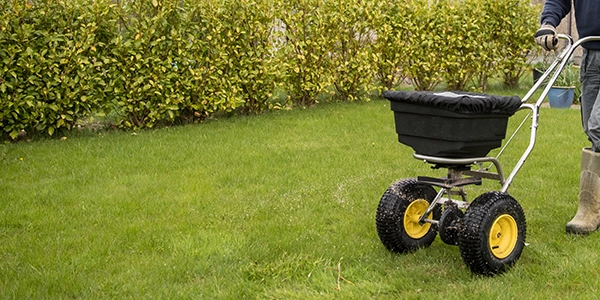
Fertilization
Fertilization provides essential nutrients that help your lawn grow thick and green. However, improper fertilization can do more harm than good.
Common Signs of Needing Fertilizer
When your lawn needs fertilization, it often shows signs of nutrient deficiency. This can manifest as:
- Yellowing Grass: Grass losing its vibrant green color and turning yellow, indicating a lack of essential nutrients like nitrogen.
- Slow Growth: Grass that is not growing as quickly or vigorously as it did in previous seasons.
- Sparse Areas: Patches of bare soil or thin grass coverage, suggesting nutrient depletion.
- Weed Invasion: Weeds begin to proliferate, competing with the grass for nutrients.
- Compact Soil: Soil feels hard and compacted, hindering root growth and nutrient uptake.
Common Signs Of Over-Fertilization
If you apply too much fertilizer, it can actually end up hurting your grass:
- Excessive Growth: Grass grows rapidly and requires more frequent mowing than usual. It exhibits lush, rapid leaf growth with weak, shallow roots unable to support healthy growth.
- Burnt or Brown Patches: Notice brown or burnt patches of grass, especially around the edges.
- Wilting or Yellowing Grass: Grass blades appear wilted, yellow, or have a scorched appearance.
- Thatch Buildup: Thatch, a layer of dead organic material on top of the soil, accumulates faster than usual.
- Surface Crust: A crusty layer forms on the soil surface, indicating excess fertilizer buildup.
- Runoff or Leaching: Fertilizer runoff or leaching into waterways, visible as greenish runoff after rain or irrigation.
Solution
To determine if your lawn needs fertilizer, start with a soil test. This test will identify nutrient deficiencies and pH levels, guiding you on the type and amount of fertilizer your lawn requires. Make sure to follow the recommended rates and application methods on the fertilizer packaging to avoid over-fertilization.
In the Southeast, warm-season grasses such as Bermuda or Zoysia often thrive with a fertilizer formula rich in nitrogen, phosphorus, and potassium. Apply a balanced, slow-release fertilizer in early spring to promote growth and again in fall to sustain the grass through winter.
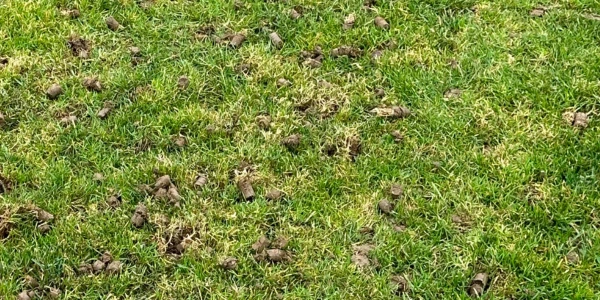
Soil Compaction
Soil compaction occurs when soil particles are pressed together, reducing the pore space necessary for air, water, and nutrients to reach the grassroots.
Common Signs Of Soil Compaction
Aeration is essential for lawns suffering from compacted soil, which restricts root growth and nutrient absorption:
- Pooling Water: Water pools on the surface instead of soaking into the soil.
- Stunted Growth: Grass and plants show slow growth or appear smaller than expected.
- Difficulty Penetrating Soil: It's challenging to push a shovel or probe into the ground.
- Runoff After Rain: Water runs off quickly rather than being absorbed by the soil.
- Thatch Accumulation: Thatch, a layer of dead grass and organic matter, builds up faster than usual.
- Poor Aeration: Roots struggle to penetrate compacted soil, leading to poor nutrient absorption.
How To Test For Soil Compaction
The screwdriver test offers a quick assessment of soil compaction. By attempting to push a flat-head screwdriver into the soil, you can gauge resistance levels. If the screwdriver meets significant resistance or cannot penetrate easily, it indicates soil compaction, and your lawn likely needs aeration.
Solution
Core aeration, done in early spring or fall, removes plugs of soil to alleviate compaction and promote better air and water circulation. Aerate your lawn once or twice a year, especially if your soil is clay-heavy, which is common in the Southeast. Follow aeration with overseeding to fill in bare spots and encourage healthy turf growth. This process enhances nutrient uptake and strengthens root systems, resulting in a healthier, more resilient lawn. Learn how to aerate your lawn.
You should also avoid mowing your lawn when it is wet, as this can contribute to compaction. You should also consider reducing foot traffic on your lawn, especially in high-use areas. Create designated pathways to minimize soil compaction in heavily used sections.
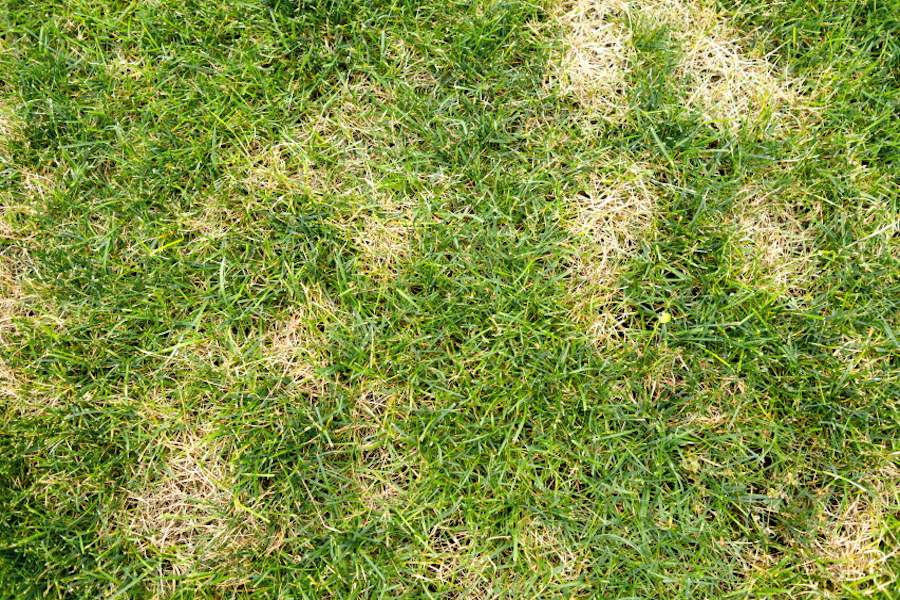
Lawn Disease
Lawn diseases can be challenging to identify because their symptoms often resemble other common lawn problems. However, early detection and treatment are crucial to prevent them from spreading.
Common Signs Of Lawn Disease
Lawn diseases can manifest in various forms, affecting grass health and appearance:
- Discolored Patches: Notice patches of grass that appear brown, yellow, or reddish compared to healthy green grass.
- Fuzzy or Powdery Growth: See fuzzy, powdery, or mold-like growth on grass blades or soil surfaces.
- Thin or Sparse Areas: Grass becomes thin or sparse in certain areas, indicating damage or die-off.
- Circular Patches: Identify circular patches of dead or dying grass, often expanding over time.
- Water-Soaked Spots: Areas of the lawn appear water-soaked or greasy, indicating possible fungal infection.
- Stunted Growth: Grass growth is slow or stops altogether, despite adequate watering and fertilization efforts.
Solution
Identify the specific lawn disease affecting your grass by consulting with a lawn care professional or using diagnostic resources. Treat affected areas with fungicides or other appropriate treatments as recommended, following label instructions carefully to minimize environmental impact and maximize effectiveness.
As a whole, it is important to maintain proper mowing, watering, and fertilization practices to keep your lawn healthy and resilient. Improve air circulation around your lawn by pruning overhanging branches and reducing shade where possible, as fungal diseases thrive in moist, humid conditions. You could also consider planting disease-resistant grass varieties suited to your region.
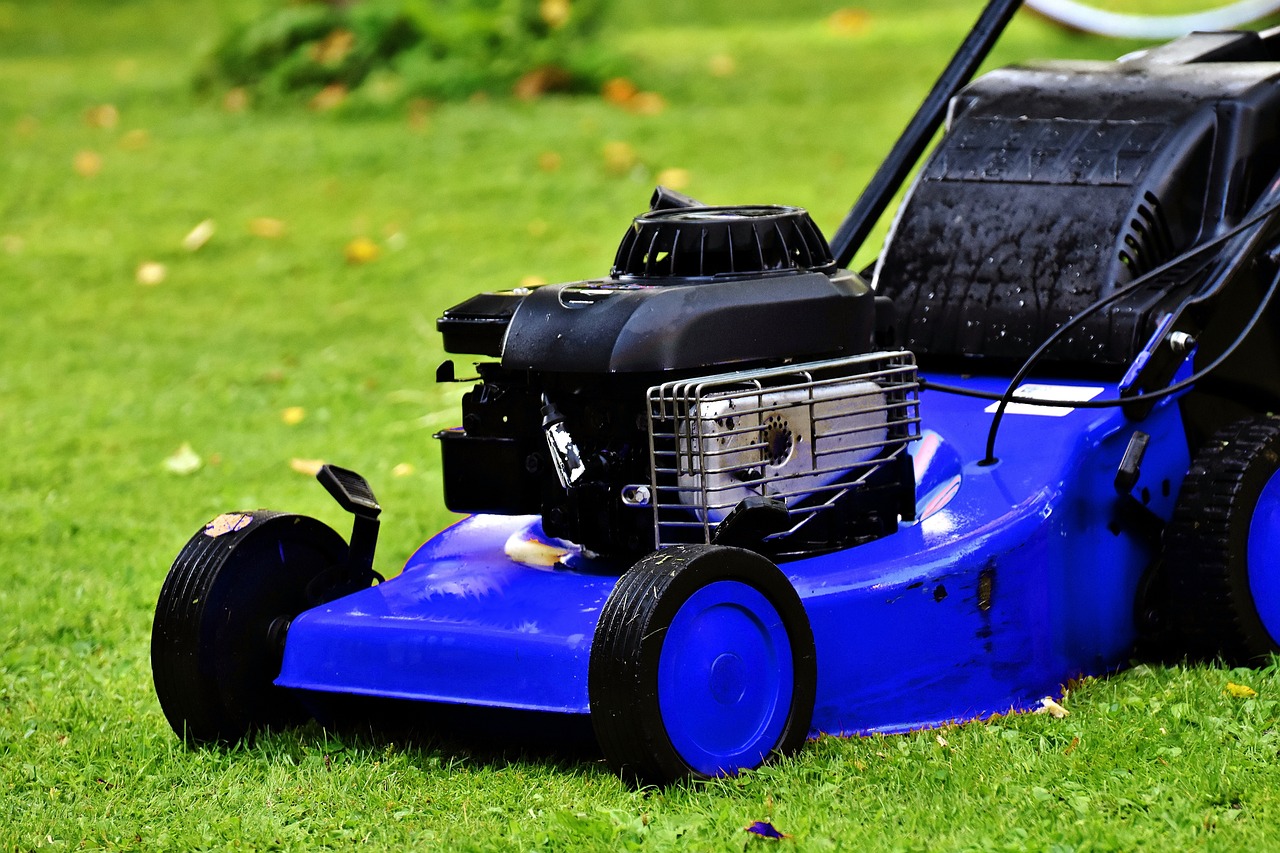
Improper Mowing
Improper mowing can stress your grass and lead to various lawn problems. Understanding the correct mowing practices is essential for maintaining a healthy lawn.
Signs of Improper Mowing:
- Scalping: Cutting the grass too short, leaving bald or brown patches on the lawn, exposing the soil, and causing stress to the grass.
- Brown Tips: Grass tips turn brown or yellow shortly after mowing.
- Torn Grass Blades: Grass blades appear torn or ragged, rather than cleanly cut.
- Uneven Surface: The lawn surface is uneven, with noticeable dips or bumps.
- Stress Stripes: Alternating light and dark stripes, indicating mower damage.
- Excess Thatch: Thick layers of thatch, resulting from improper mowing height.
- Slow Recovery: Grass takes a long time to recover after mowing, showing signs of stress.
Solution
Sharpen your mower blades regularly to ensure a clean cut. Adjust your mower to the correct height for your grass type; generally, keep warm-season grasses at 1-3 inches. Mow regularly, removing no more than one-third of the grass height at a time. We also encourage you to leave grass clippings on the lawn to decompose and return nutrients to the soil.
How To Care For Your Lawn
Understanding the signs and solutions for common lawn care issues empowers homeowners in Virginia to maintain a vibrant, healthy lawn throughout the year. Whether adjusting fertilizer applications, optimizing irrigation practices, performing aeration, addressing lawn diseases promptly, or improving your mowing practices, proactive lawn care ensures your outdoor space remains a source of pride and enjoyment.
But identifying what exactly you are dealing with isn't always easy. For personalized advice or professional assistance with your lawn care needs, consider contacting Nuleaf Lawn Care, your local lawn care expert who understands the unique challenges and conditions of our region. With comprehensive lawn care services, our team of local experts has the experience and equipment necessary to deal with:
So contact our team today to help your entire lawn thrive!

